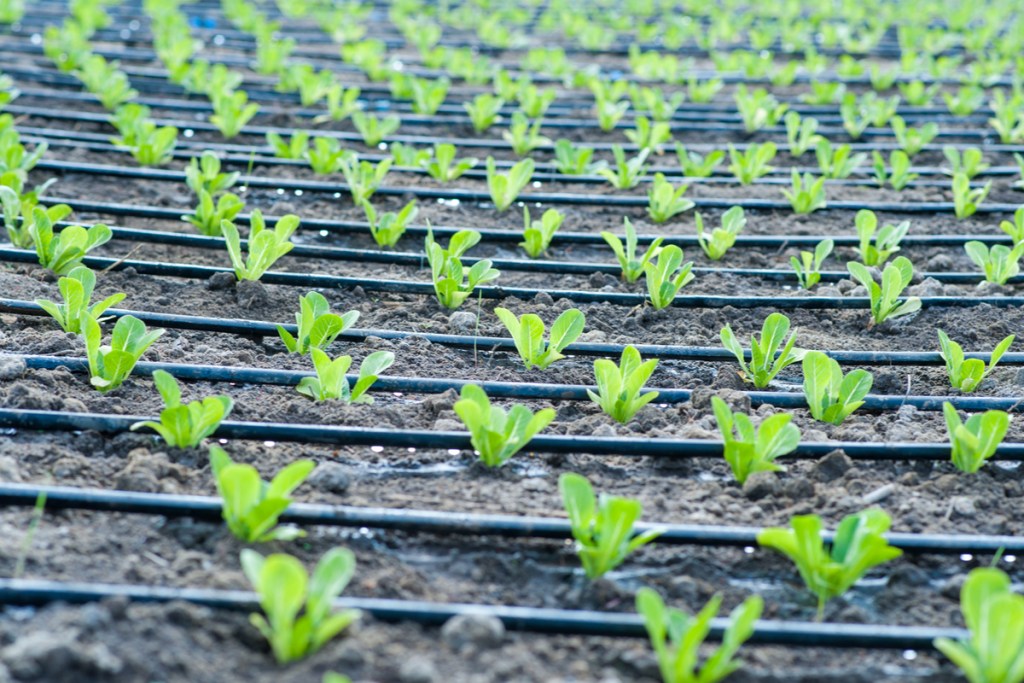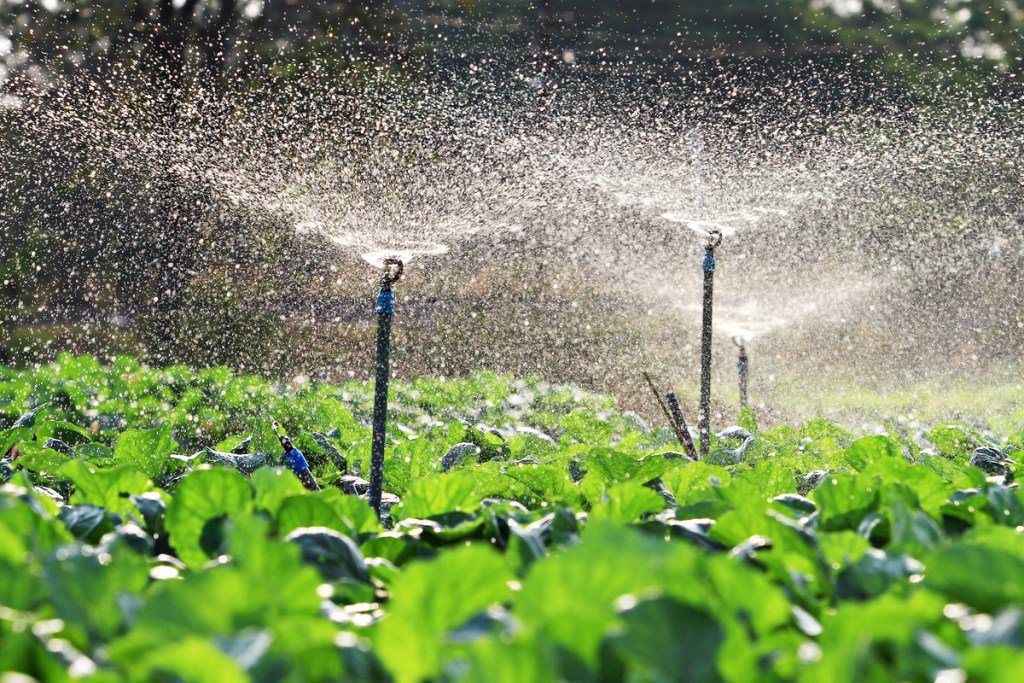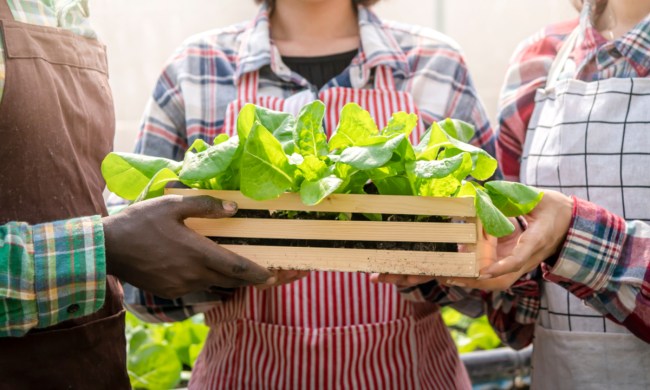Greenhouses are an excellent way to grow plants that wouldn’t normally grow in your climate, to grow them out of season, or to help your seedlings jumpstart their growth. Having a greenhouse is a dream for many gardeners, but nowadays it is much easier to get a greenhouse than it used to be. Greenhouses come in all sorts of shapes and sizes, which is great, but it can also present a challenge. How do you reliably water all the plants you have in your greenhouse? The answer for many is an irrigation system. What kind, though? If you’re curious or confused about greenhouse irrigation, don’t worry! You came to the right place.
Determine the size and shape you’ll need
This is, perhaps, the easiest step in the process. Go out to your greenhouse and take note of a few things. First, take note of the layout of your greenhouse. Drawing a simple sketch can help with this, and you use the sketch to jot down a few other key things as well.
Measure out how much ground you’ll need to cover. This includes the length from the nearest spigot or water source to your plants, how long each row of plants is, and the distance between rows of plants. Be careful when measuring, and, when in doubt, round up! It’s far better to have slightly too much piping or tubing and have to cut it down to size than to have slightly too little and have to go get more.
If your greenhouse is very small, with only a few plants, and you don’t want to use any pipes or tubes, you can skip most of this step. Instead, measure the amount of area all the plants take up when side by side in a rectangle. Then head straight down to the section labeled Mat irrigation and continue from there!

Select the type that best matches your greenhouse
There are a variety of irrigation types, but there are a few standard ones for greenhouses. Here’s a brief overview of the most common irrigation types. When in doubt, it never hurts to consult with a local expert.
Overhead sprinklers
This system is less often a DIY project and more often something that is professionally installed in greenhouses, but it isn’t impossible to do it yourself. This system consists of pipes or tubes that carry water up to the ceiling of the greenhouse and distribute it to various sprinkler heads. It’s great for covering large distances and for plants that love humidity. It’s not very good for plants that hate getting their leaves wet, though, and it isn’t the most economical for smaller greenhouses.
Drip irrigation
This system is probably one of, if not the, most common DIY irrigation system. It consists of a series of pipes or tubes with regular holes to drip water out into the soil. This is an excellent choice for medium-sized or oddly shaped greenhouses, as it’s very adaptable. It’s good for making sure all your plants receive an equal amount of water, and the tubes can be placed below leaf level for plants that don’t like getting their leaves wet. However, it isn’t the most economical option for larger greenhouses.
Mat irrigation
Mat irrigation is unique in this list in that it doesn’t require pipes or tubes. Instead, all you need is a capillary mat or mats. When the mat is wet, the water transfers from the mat into the soil, evenly watering your plants from the bottom up. This method is especially great for seedlings and greenhouses with a small number of plants. While it can be used for a larger greenhouse, it isn’t the most economical option.

Gather your materials and assemble your system
Once you’ve selected the irrigation system you want to use, you can gather up your materials and get to work!
Mat irrigation is the simplest to set up since you just need to get a capillary mat or mats of the correct size.
For drip irrigation and sprinklers, you have a couple more options. You can hire a professional, get a kit online, or DIY. If you choose to do it yourself, you’ll need pipes or tubes for either method. For drip irrigation, you’ll need drip emitters to make sure the holes you puncture in the tube drip water at equal rates, and for sprinklers you’ll need sprinkler heads and attachments.
Now you know how to choose the best irrigation system for your greenhouse! Remember to take careful measurements, and always pressure test your system before running it. You can add pressure regulators and timers to any system that involves pipes, but they aren’t, strictly speaking, necessary. Of course, when in doubt, ask a professional! Your local greenhouse experts will be happy to lend you a hand when picking out a system or materials.



